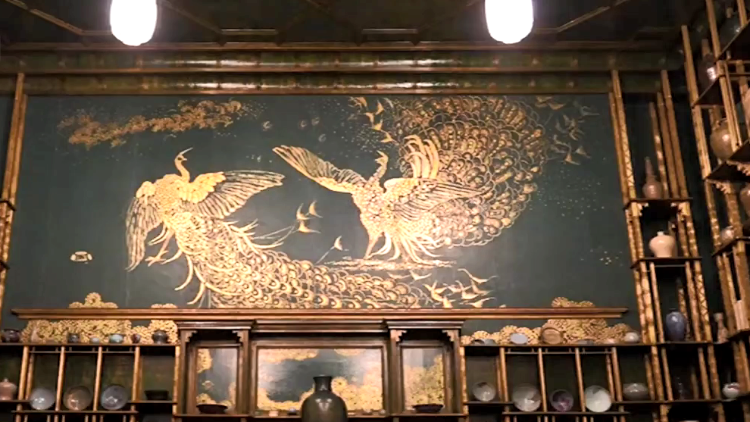The Peacock Room: An Iconic Display of Chinese Porcelain Excellence
Century-old Peacock Room, initially designed to showcase Chinese porcelain, becomes a battleground over art aesthetics and display controversies.

The Peacock Room, originally created in the late 19th century, stands as one of the most celebrated examples of interior design marrying Western architecture with Eastern artistry. Designed by the American artist James McNeill Whistler for the British shipping magnate Frederick Richards Leyland, the room was envisioned specifically to showcase Leyland’s prized collection of Chinese blue-and-white porcelain. This innovative concept not only highlighted the delicate beauty of Chinese ceramics but also set off a wave of fascination with Asian decorative arts throughout Europe.
Despite its intended purpose as a serene “porcelain palace,” The Peacock Room soon became embroiled in controversy. Whistler's bold reimagining of the space—with its vivid blue-greens, gilded surfaces, and dramatic peacock motifs—clashed with Leyland’s more conservative artistic sensibilities. Their disagreements over style and the degree of artistic freedom ultimately soured their professional relationship. The quarrel between artist and patron became legendary, reflecting wider debates in the art world of the time about who controls the meaning and presentation of art.
After Leyland’s death, The Peacock Room began its journey across continents, symbolizing the global circulation of ideas and objects in the world of art. Purchased and transported to the United States by Charles Lang Freer in the early 20th century, it eventually became a centerpiece of the Freer Gallery of Art in Washington, D.C. Today, the room stands as a testament to cultural exchange, displaying not only the exquisite Chinese porcelains that inspired its creation, but also the ongoing dialogue between East and West.
Visitors to Washington can now experience this immersive blend of visual opulence and historical complexity, with the room meticulously preserved to evoke both its Victorian origins and its cosmopolitan journey. The Peacock Room continues to be a focal point for discussions on the ethics of collecting, cultural appreciation versus appropriation, and how art from different times and places can find new meanings far from their original settings. In doing so, it remains a vibrant and evolving showcase—not just for Chinese porcelain, but for the power of art to provoke, connect, and inspire across generations and geographies.




